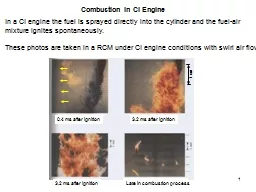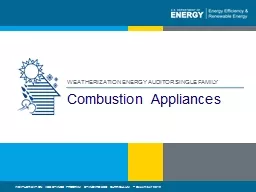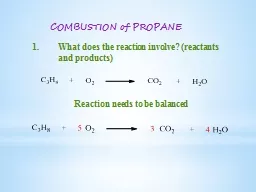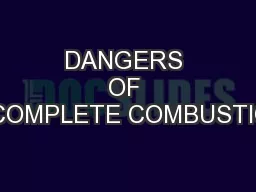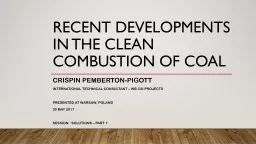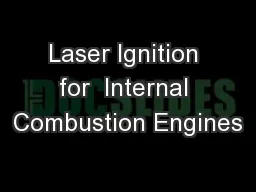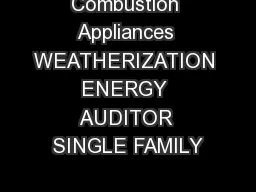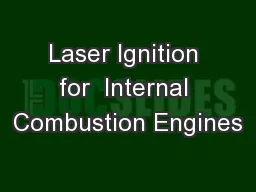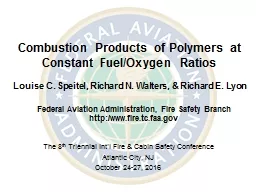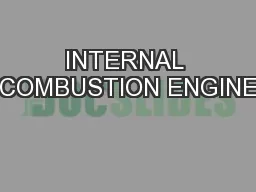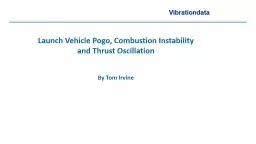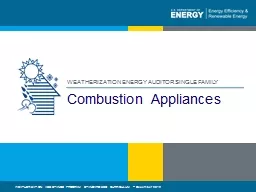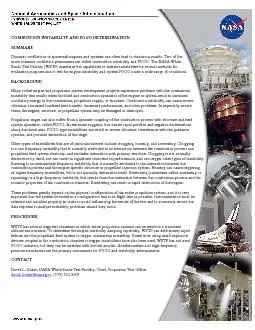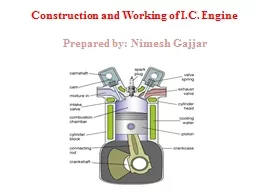PPT-1 Combustion in CI Engine
Author : danika-pritchard | Published Date : 2015-12-08
In a CI engine the fuel is sprayed directly into the cylinder and the fuelair mixture ignites spontaneously These photos are taken in a RCM under CI engine conditions
Presentation Embed Code
Download Presentation
Download Presentation The PPT/PDF document "1 Combustion in CI Engine" is the property of its rightful owner. Permission is granted to download and print the materials on this website for personal, non-commercial use only, and to display it on your personal computer provided you do not modify the materials and that you retain all copyright notices contained in the materials. By downloading content from our website, you accept the terms of this agreement.
1 Combustion in CI Engine: Transcript
Download Rules Of Document
"1 Combustion in CI Engine"The content belongs to its owner. You may download and print it for personal use, without modification, and keep all copyright notices. By downloading, you agree to these terms.
Related Documents

